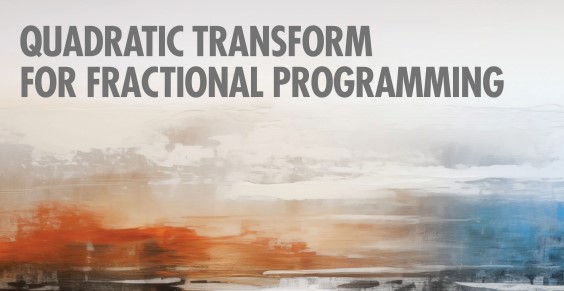
- Home
- Publications & Resources
- IEEE Signal Processing Magazine


CURRENT ISSUE

CURRENT ISSUE
July 2024
The Future of Bionic Limbs: The untapped synergy of signal processing, control, and wireless connectivity
The flexibility and dexterity of human limbs rely on the processing of a vast quantity of signals within the sensory-motor networks in the brain and spinal cord, distilled into stimuli that govern the commands and movements. Hence, the use of assistive devices, such as robotic limbs or exoskeletons, is critically dependent on the processing of a large number of heterogeneous signals to mimic natural movements.
Socially Intelligent Networks: A framework for decision making over graphs
By “social learning,” in this article we refer to mechanisms for opinion formation and decision making over graphs and the study of how agents’ decisions evolve dynamically through interactions with neighbors and the environment. The study of social learning strategies is critical for at least two reasons.
May 2024
An Invitation to Hypercomplex Phase Retrieval: Theory and applications
Hypercomplex signal processing (HSP) provides state-of-the-art tools to handle multidimensional signals by harnessing the intrinsic correlation of the signal dimensions through Clifford algebra. Recently, the hypercomplex representation of the phase retrieval (PR) problem, wherein a complex-valued signal is estimated through its intensity-only projections, has attracted significant interest.
Volunteer Power Through Noisy Gradients and Self-Organization: What About Pruning?
In the first issue of 2024, we introduced the new lead editorial team of IEEE Signal Processing Magazine ( SPM ), composed of our four area editors. Their terms started with mine this January, and they oversee the Society e-newsletter and the three main components of our magazine: feature articles, special issues, and columns and forum articles.
Hypercomplex Signal and Image Processing: Part 2
Hypercomplex signal and image processing extends upon conventional methods by using hypercomplex numbers in a unified framework for algebra and geometry. The special issue is divided into two parts and is focused on current advances and applications in computational signal and image processing in the hypercomplex domain.




